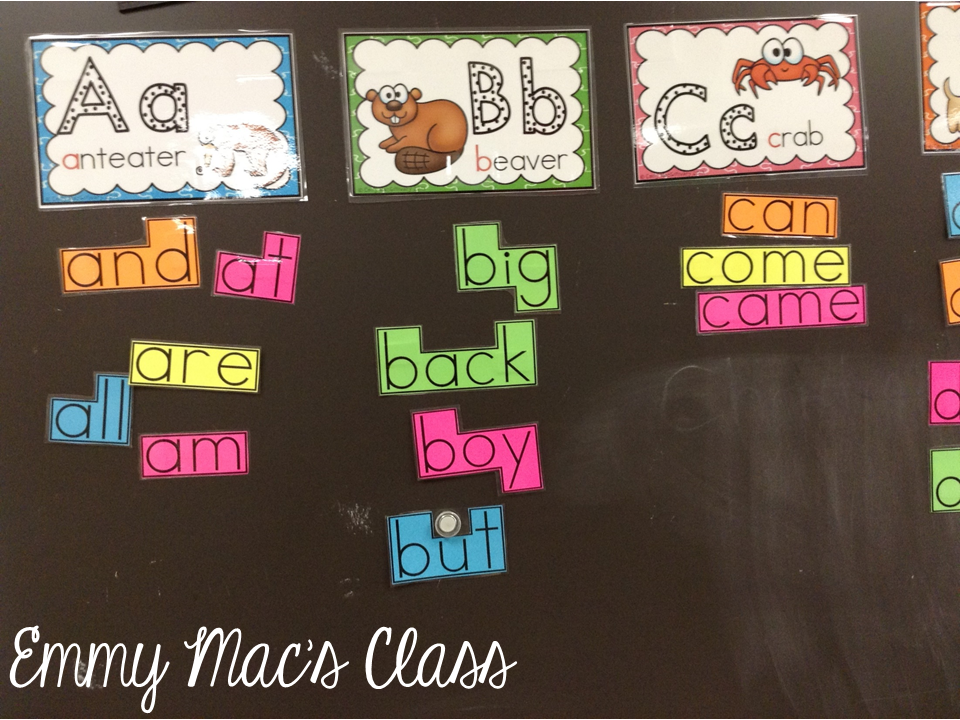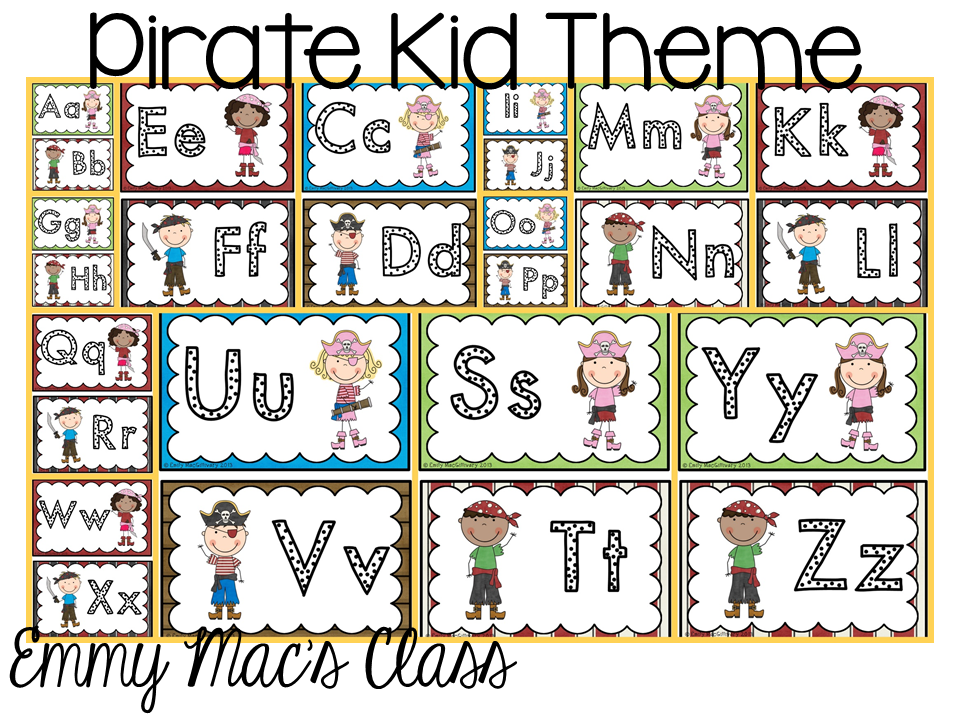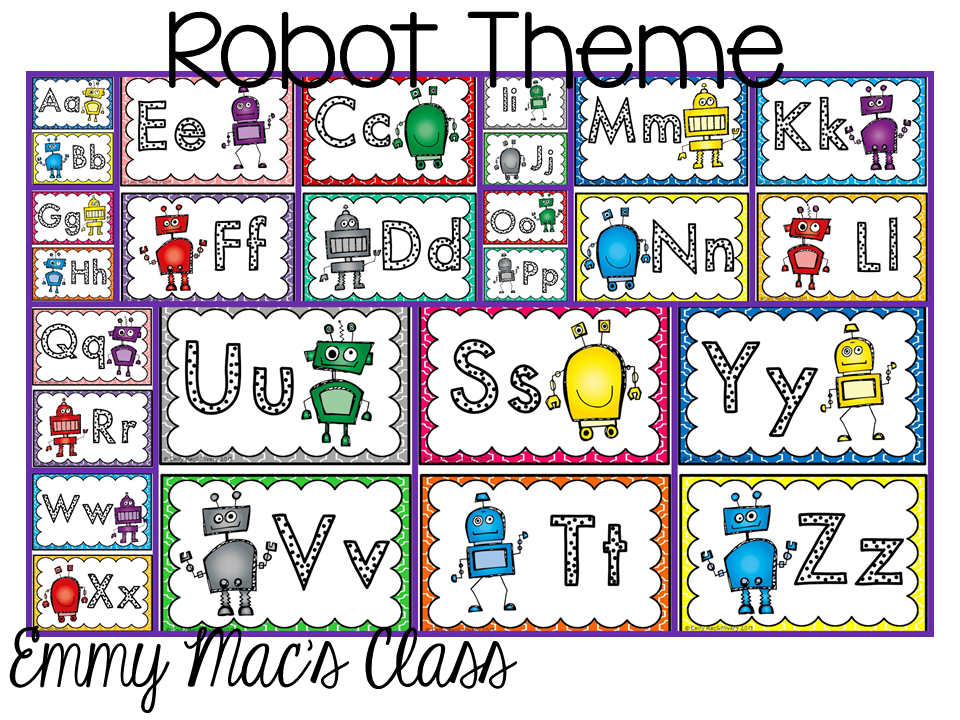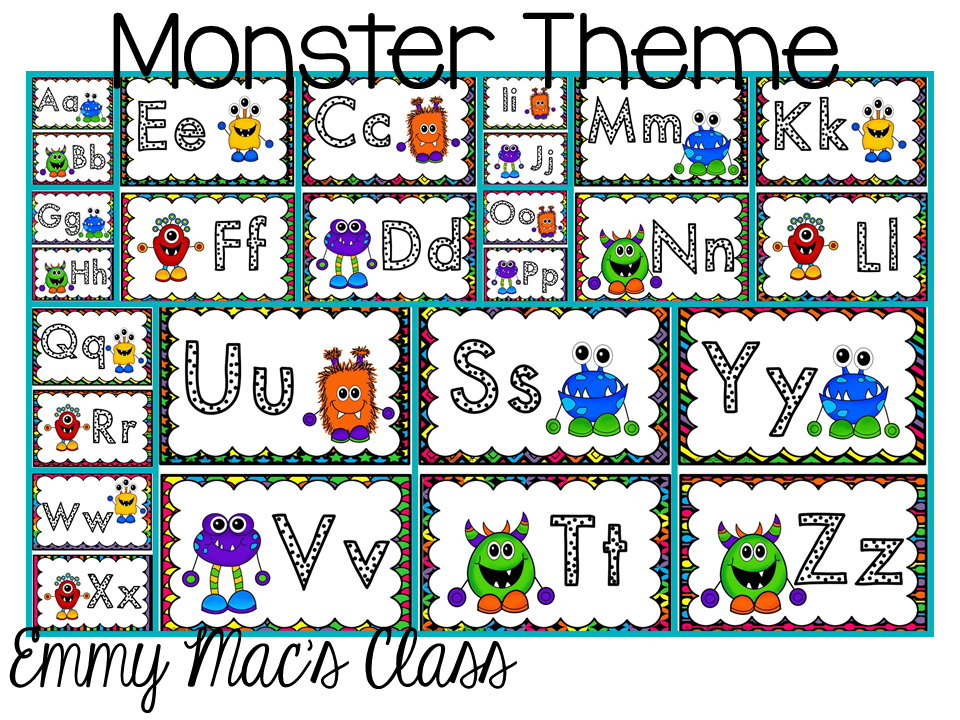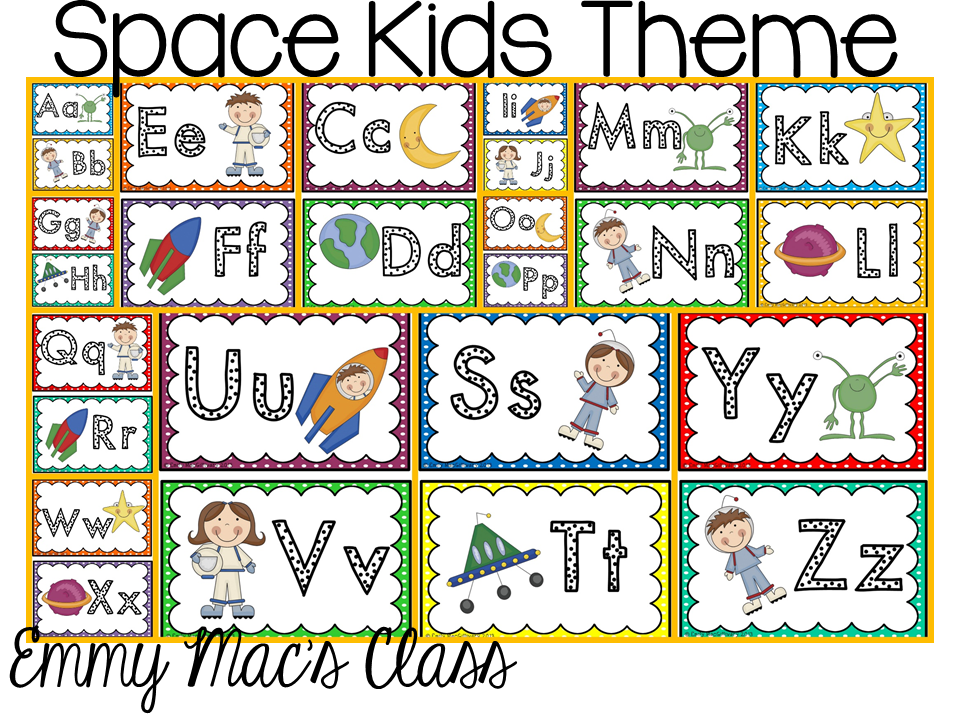I can't tell you how excited I am to host this week's book study chapter. Don't forget to check out the giveaway below.
Chapter 8: Small Group Learning
Initially I chose this chapter for two reasons.
1. I knew I had awhile to get my post done, and since I had never been involved in a blogging book study before I wanted to take my time to get myself organized.
2. I think that small group instruction is so important in my students' learning.
According to Lisa Donohue small group instruction is the key to differentiation. I think we all know this is key. Small groups allow us to strategical pick our groups, whether its by reading level, or a strategy that the students need to work on, which then allows us to differentiate our instruction. Small groups allow for accountable talk, and what I think is most important is that they can get instant feedback. They can also give feedback to their peers.
Forming Instructional groups:
Lisa suggests a variety of ways to group students, one I already mentioned is by reading level. Being a grade one teacher I, more often than not, group my students by reading level. But it's not the only way.
- personal interest (i.e. non fiction vs. fiction)
- areas of needs (i.e. fluency, expression, substitution errors)
- personal learning goals
Lisa cautions against always grouping students by instructional level, because she feels that struggling readers can learn from the ideas of others.
Lisa wrote on her blog about being careful what you name your groups. Giving them numbers, students might think it has something to do with skill or ability level. She suggests giving names based on a class theme, school theme, sports teams, and animals. She also suggests making sure there are no negative connotations, e.g. "naming a group Turtles implies that they are slow." pg 123.
Guided Reading
Guided reading lessons should be about 15 to 20 minutes. The majority of the time should be spent reading. The following is adapted from pages 124-125.
Before Reading:
Lisa suggests a formula, for a guided reading lesson. Yeah! I do these.
- have students make predictions based on the title
- have the students take a picture walk
- state the learning goal
- review specific reading strategies
- provide background information
- give the students ways to share their thinking as they read.
During Reading:
- focus on the reading skill or strategy
- No round robin!!! (I have to admit, for the longest time this was how I did guided reading. :( )
- chunk text into pieces so students can manage the reading
After Reading:
- revisit questions posed before and during the reading
- have students respond to HOT questions and provide evidence from the text
- reflect on a reading strategy that they found helpful
- provide feedback
- provide a follow up activity
- make next steps for the students
- record observations
Writing Conferences
This is what I was interested in reading. I think that I do a really good job with guided reading, I could work on providing a follow up activity for the students to complete but I sometimes feel that there isn't enough time.
I do individual writing conferences with my students, but I feel this is something on which I could improve and do more often. I also wonder what group writing conferences would look like?
AHA! (Can you tell that I'm writing as I'm reading? LOL Last week of school is coming up things and things are crazy busy.) My question all along has been that if your writing lesson is at the end of the literacy block how can students effectively show that what they have learned in the lesson is in place? Now it makes sense. What Lisa suggests is that while you are working with the guided reading group, the students that you are going to conference with are working on a writing task. Therefore, when you conference with them they are getting immediate feedback. The next day they can then apply the feedback that they were given. Makes sense! I am now in love!
Feedback
Lisa makes a good point about feedback. Feedback needs to be descriptive and skill-based. "Good work!" doesn't tell the student anything. Students need to know what their next steps are. I think feedback needs to be timely and relate back to the goal, for it to be effective. I really like how the teacher's job as an editor is draw attention to areas of confusion or areas that need improvement but not correct it for them.
Engaging All Authors
Giving the other students a job to do is a great way of engaging them in the conference.
Click HERE or on the picture to download the Freebie Job cards.
Tracking Student Goals
Lisa suggests tracking student learning goals on a clipboard. She also suggests getting students involved in the tracking and creating their learning goals. I have my students record their learning goal in two different ways. Please note this was created before this book study.
Students attach their learning goal to their writing folder as a visual reminder what their writing goal is. Click HERE to get the writing folder covers.
We also attach their name to the writing goal that they are working on our Writing Rainbow.

The Writing Rainbow and Goal cards are available as part of my Personal Recount unit. Click HERE or on the picture to find it in my store.
I love the section of this chapter with the Guided Reading and Writing Prompts at the end of the chapter!
So did you manage to read my whole post? Here is the fun part. Don't forget to enter my giveaway.










.jpg)









